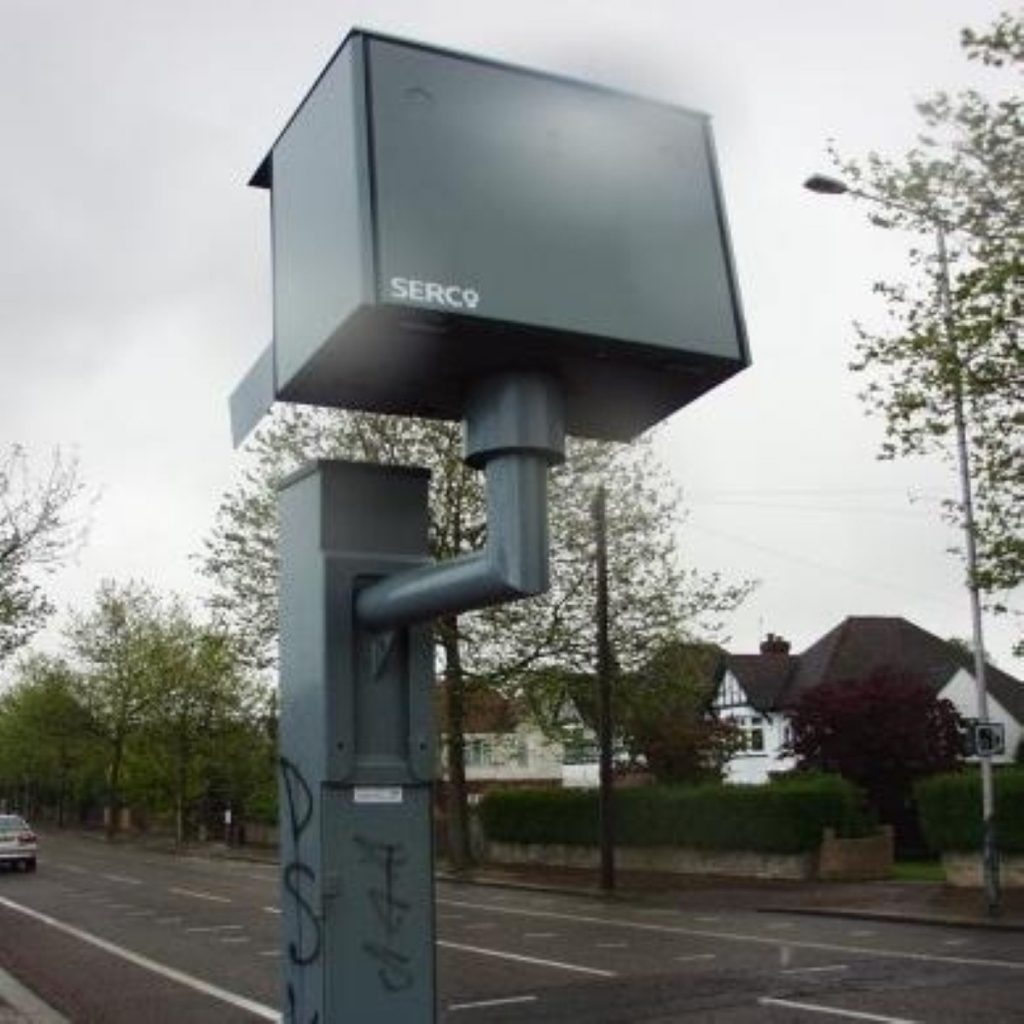Speed cameras numbers rise by a quarter
The number of speed cameras on the UK’s roads has risen by nearly a quarter since last year.
Figures released today by GPS based driver alert system, Cyclops, found that the number of fixed road speed cameras has risen by 22.3% since September 2002.
The largest rise (58.5%) was in the North of England, which includes Merseyside, Humberside and South Yorkshire constabularies, whilst the Midlands recorded the smallest increase with 10.1% more units since August 2002.
And the company warned that not all speed cameras are being put in place to help target traffic accident black spots.


Cyclops highlighted that approximately two-thirds of all fatal or serious injury crashes in the UK occur on roads with a speed limit of 30mph or less. At 35mph, a driver is twice as likely to kill someone as they are at 30mph, according to research
However, only 52% of all fixed camera sites are positioned in zones of 30mph or less. This varies nationally with 89% of sites in Wales targeting this statistic, but just 38% across Scotland.
Steve Wreford, managing director of Cyclops, commented: ‘On the face of it, some regions are targeting the headline accident speeding hotspot of 30mph better than others. You could argue that the more open roads in Scotland would explain why 42 percent of cameras are located in zones of 60mph or higher. However, the same could be said of Wales and its rural surroundings.’
The location of speed cameras has caused a great deal of public debate, and even led to the creation of a militant organisation that takes direct action against the cameras. Motorists Against Detection (MAD) has claimed responsibility for the destruction of hundreds of cameras across the country.
The group claims that the speed cameras are a form of ‘stealth tax’ aimed at raising revenues for police and local authorities rather than attempting to reduce the number of road deaths.

